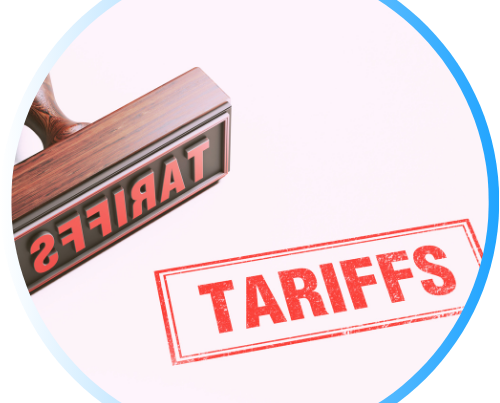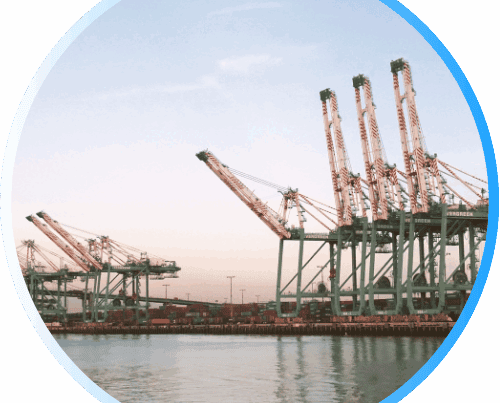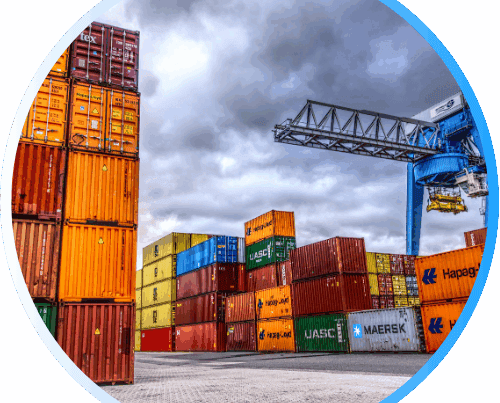Rate Related Update and Market Conditions
Market Conditions
TPEB (Trans-Pacific Eastbound)
-
Trans-Pacific demand has softened heading into July, with booking activity slowing after an early peak season surge in late May and early June. Spot rates to the West Coast are approaching fixed levels, while rates to the East Coast and Gulf are beginning to decline amid growing capacity. Both the June 15 GRI and PSS have been fully withdrawn across all U.S. gateways.
FEWB (Far East Westbound)
-
Shippers on the Far East Westbound lane are facing intensified rate pressure, with the SCFI up 60% over six weeks. July GRIs are already being announced, and space is fully committed through late June. Rising booking activity is driving upward pressure on rates, especially for high-density cargo.
TAWB (Trans-Atlantic Westbound)
-
Trans-Atlantic westbound rates remain stable for now, with most carriers deferring PSS increases until July. One carrier may push for a late June increase on West Mediterranean routes, but broader implementation is on hold. Demand remains relatively consistent across North and South Europe.
Operational Updates
TPEB:
-
Equipment availability remains stable across key Asian load ports, supporting smoother outbound flows. No major shortages are currently reported, even with sustained volumes to the Pacific Southwest gateway.
FEWB:
-
Port operations across Europe face intermittent challenges, with strikes in Belgium and Sweden adding to inland congestion. Rhine River barges are delayed due to low water levels, and German rail bottlenecks are further straining inland container movements.
TAWB:
-
While main European ports are operating with sufficient equipment, shortages persist in inland areas including Austria, Hungary, and Southern Germany. Portuguese ports and Southern Turkey also continue to face container imbalances, making carrier haulage the preferred option in affected regions.
Capacity Management
TPEB:
-
Carriers are maintaining relatively high vessel utilization, with space levels stabilizing at 85–90% through late June and into July. However, the injection of extra loaders, particularly into the Pacific Southwest, is creating pockets of overcapacity. Blank sailing activity continues to ease, with cancellation rates expected to fall to 6–7% in the coming weeks.
FEWB:
-
Strong forward bookings are limiting available space, with vessels fully committed through late June. Carriers are adjusting rotations and using returning empties to cover outbound demand, which remains strong due to upstream supply shifts from TPEB.
TAWB:
-
European port congestion has eased, freeing up additional space for Trans-Atlantic sailings. While congestion persists in pockets of the Mediterranean, overall capacity is manageable, and no significant blank sailings have been reported across the trade.
Sources: xeneta.com, maersk.com, yangming.com, evergreen-line.com, supplychaindive.com
📌 Current U.S. Tariff Status (as of June 27, 2025)
-
Tariff Pause Extended: The reciprocal tariff pause is extended to August 1 for all U.S. trade partners except China, whose 10% duty expires August 12.
-
New Duties Proposed: President Trump announced reciprocal tariffs on 22 countries, set to begin August 1, matching any tariff increases they apply to the U.S.
-
FDA De Minimis Rule Now Active: As of July 9, all FDA-regulated de minimis imports must now include PGA data and are subject to FDA review.
-
Vietnam & BRICS Targeted: A 20% tariff is proposed on Vietnam, plus 40% on transshipped goods. A 10% duty on BRICS imports is also planned.
-
Copper & Pharma Tariffs: A 50% copper tariff starts August 1. Proposed pharma tariffs up to 200% will include a 1-year relocation period.
Source: whitehouse.gov, politico.com, whitehouse.gov


Long Beach Terminal Upgrade to Expand Capacity by 50%
A $365 million infrastructure project is underway at the International Transportation Service (ITS) terminal in the Port of Long Beach. The upgrade will fill in a 19-acre slip, improve truck access, and replace the terminal’s operating system. The improvements will allow the terminal to handle two 18,000-TEU vessels at once and are expected to be completed over the next three and a half years.
Tariff Uncertainty Expected to Slow U.S. Container Imports
U.S. container imports are forecast to rebound briefly in July before declining sharply from August to November due to pending tariff actions. A new report from the National Retail Federation and Hackett Associates shows May volumes fell 6.4% year-over-year, with a 10–21% drop expected later this year. Importers are frontloading shipments in advance of the August 1 tariff enforcement date, further complicating demand forecasting.


Rising UK Shipping Costs Add Pressure to Retail Prices
Ocean freight rates from China to the UK have risen nearly 60% in recent months, driven by increased U.S. demand ahead of new tariff deadlines. This shift is straining UK supply chains and raising concerns about consumer price inflation. Analysts expect the elevated shipping costs to persist due to tight vessel capacity, labor shortages, and increased demand, potentially contributing to higher retail prices throughout Q3.

